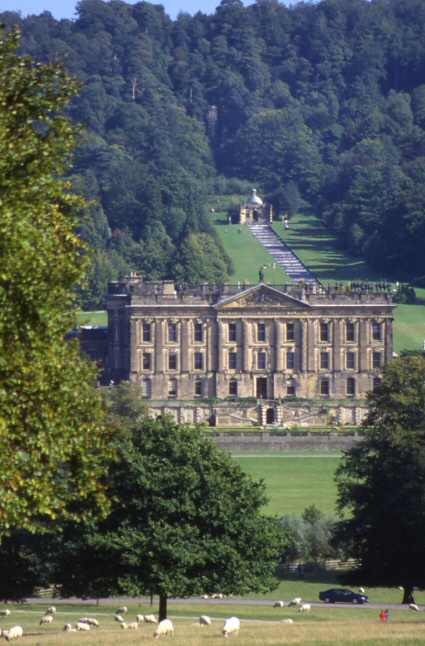
A historical documentary literally documents the past in a believable and truthful way. They often seek to persuade and inform so a great deal of representation could be involved and mediation although a documentaries aim is to document reality.
This documentary is Time Team, one of a long list of episodes that has been in the interest of the public for decades, therefore there must be something about this programme that still appeals to audiences. One of the conventions of a good documentary is that it contains a good story or narrative. The narrator on time team is Tony Robinson, a well known actor and narrator. This gives the audience a familiar face to which they would believe the facts he talks about. The use of a narrator behind the camera to anchor and link presentation together fits in with Barthes Theory Of Anchorage. His dress is outdoor gear which is functionality rather than presentational dress. It makes him match the rest of the archaeologists and so the audience automatically assumes his similar knowledge.
"Michael Rabiger (1998) suggests a list of criteria that a documentary must fulfil:
· Tells a good story.
· Cannot be value neutral.
· Aim to convey a personal, critical perspective on some aspect of the human condition
· Interesting characters who are trying to achieve something.
· Include contextual information (not too much/not too early).
· Contain dramatic suspense via situations that intrigue the audience and make them
Judge, anticipate.
· Develop the audience’s knowledge of at least one situation or character.
· There should be a confrontation between opposing forces which reaches a climax
And is then resolved. "
Most of these are evident in this episode for example past narratives are displayed as sketches and reconstructions which composes the element of it having to be a good story. Interesting characters could be the archaeologists as each one has a unique personality and these same characters appear in every episode with special guests to keep it less predictable.
This documentary is Time Team, one of a long list of episodes that has been in the interest of the public for decades, therefore there must be something about this programme that still appeals to audiences. One of the conventions of a good documentary is that it contains a good story or narrative. The narrator on time team is Tony Robinson, a well known actor and narrator. This gives the audience a familiar face to which they would believe the facts he talks about. The use of a narrator behind the camera to anchor and link presentation together fits in with Barthes Theory Of Anchorage. His dress is outdoor gear which is functionality rather than presentational dress. It makes him match the rest of the archaeologists and so the audience automatically assumes his similar knowledge.
"Michael Rabiger (1998) suggests a list of criteria that a documentary must fulfil:
· Tells a good story.
· Cannot be value neutral.
· Aim to convey a personal, critical perspective on some aspect of the human condition
· Interesting characters who are trying to achieve something.
· Include contextual information (not too much/not too early).
· Contain dramatic suspense via situations that intrigue the audience and make them
Judge, anticipate.
· Develop the audience’s knowledge of at least one situation or character.
· There should be a confrontation between opposing forces which reaches a climax
And is then resolved. "
Most of these are evident in this episode for example past narratives are displayed as sketches and reconstructions which composes the element of it having to be a good story. Interesting characters could be the archaeologists as each one has a unique personality and these same characters appear in every episode with special guests to keep it less predictable.

Must include contextual information, this episode is jam packed with information about the items and people they excavate; all is relevant and interesting to the audience. Dramatic suspense is conveyed via the digging up of bodies in this episode and the enigma of how they got there, who they were and how they died. All of which are revealed in the episode.
The audience develops knowledge of the time period and some of the bodies living lives, this also follows Michael Rabiger’s theory.
The opposing forces in this piece could be the living and the dead with the dead trying to bury their secrets and the living trying to unravel the mysteries. All these criteria ensure a good viewing experience.
The producers have used real locations, real people, real events and real artefacts and equipment. They use cameras to document the excavations as they occur in real time. The camera is crudely walked about to give the audience a sense of being there in the trench, this is often to increase reality. They are often hand held cameras. Audience sympathy is increased by close ups of faces of reconstructions and also the skulls so a great deal of empathy is put upon the audience when for example the mode of death is discussed. Some documentaries also use the style of cinéma-vérité, which originated in the 1950’s. The Cinéma-vérité include followings a person during a crisis with a moving, often handheld, camera to capture more personal reactions. This is used as the camera man often has to run with the narrator Tony Robinson as new discoveries are found and time is of the essence.







